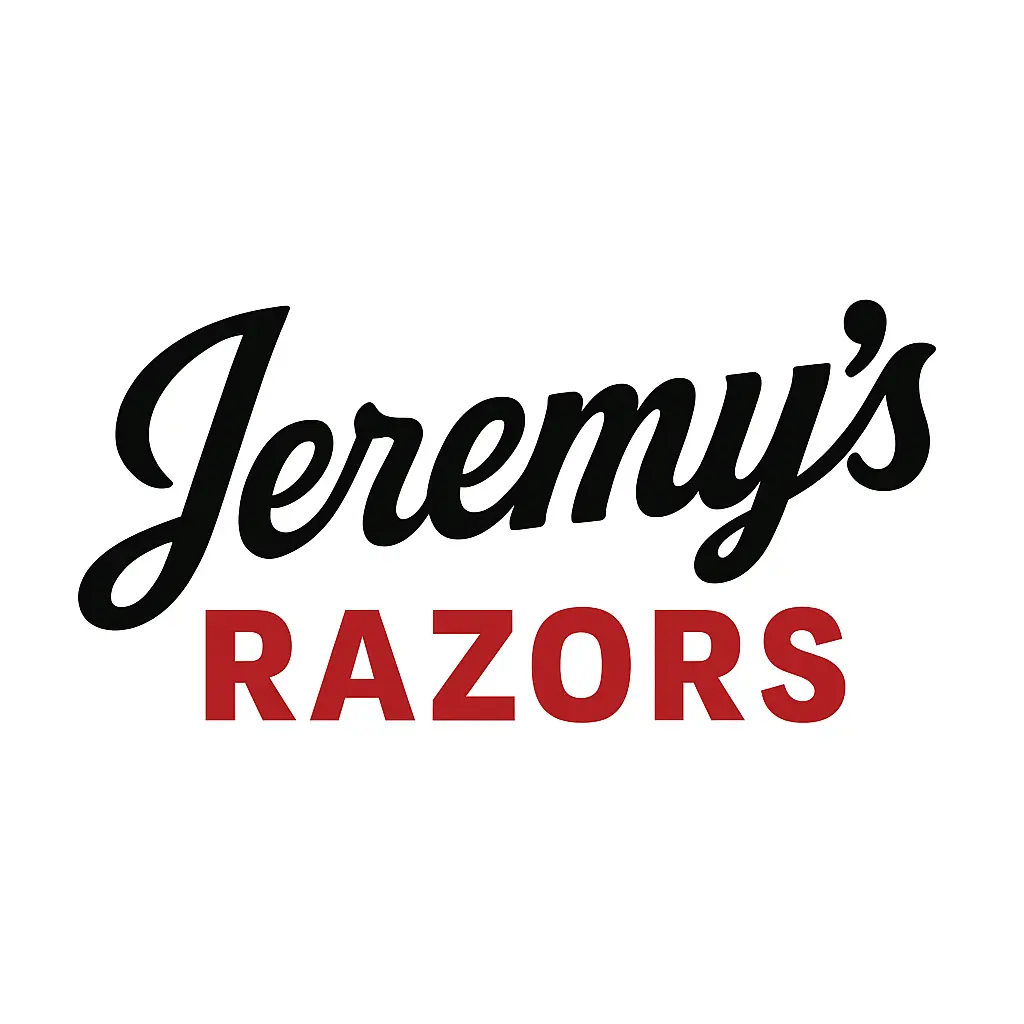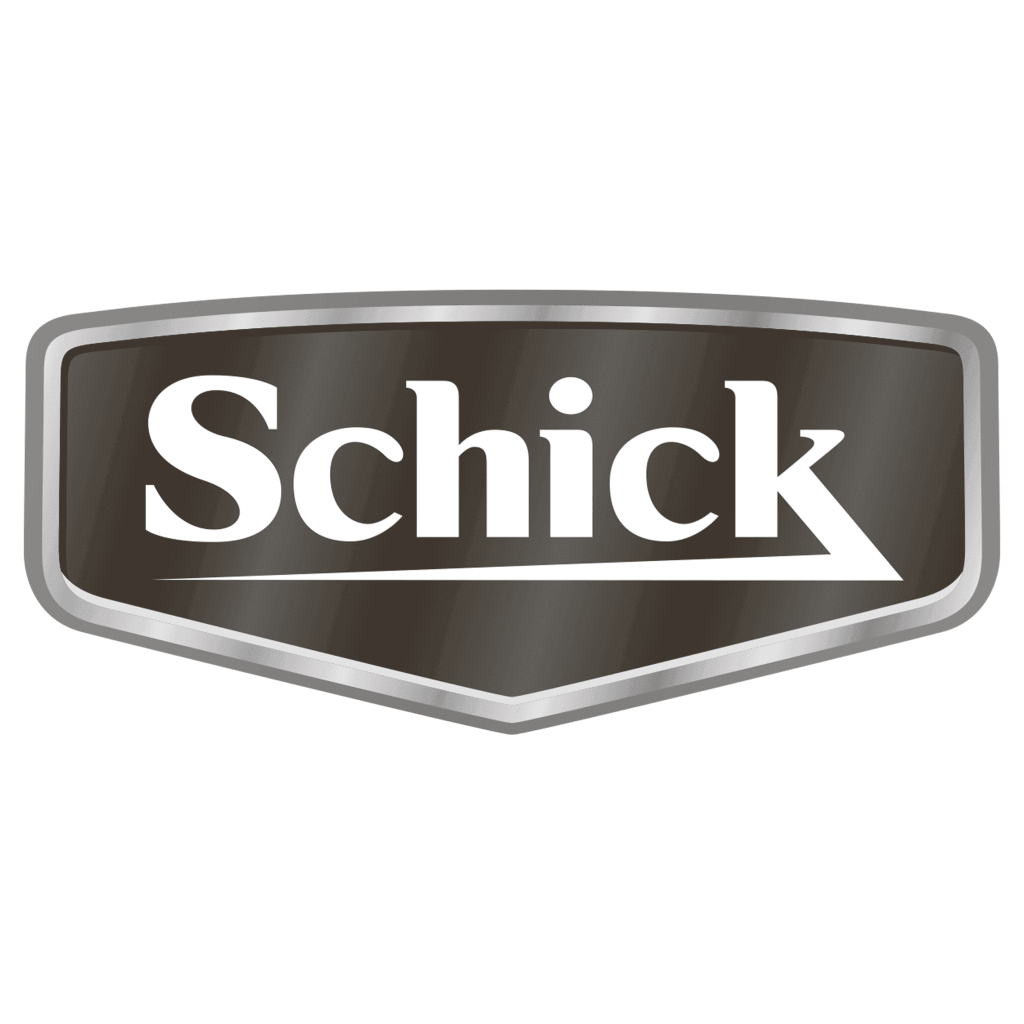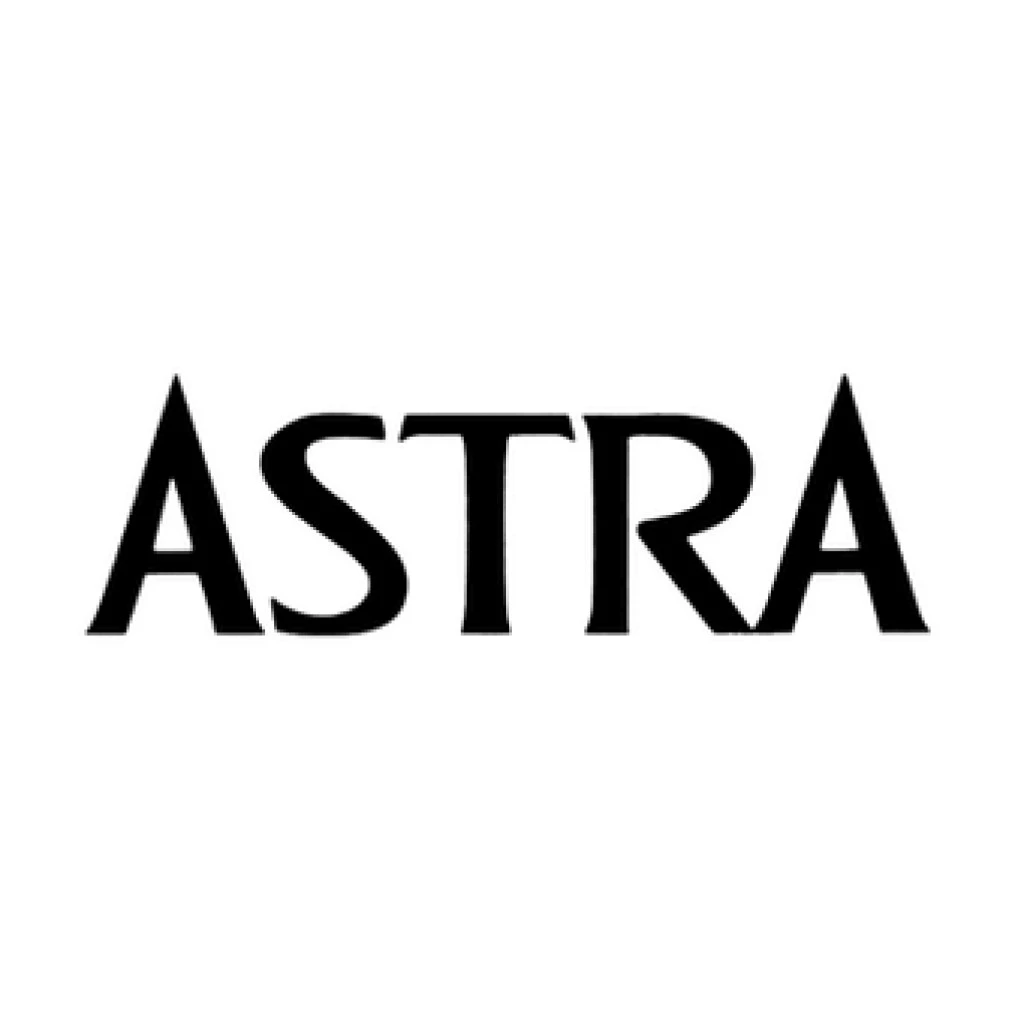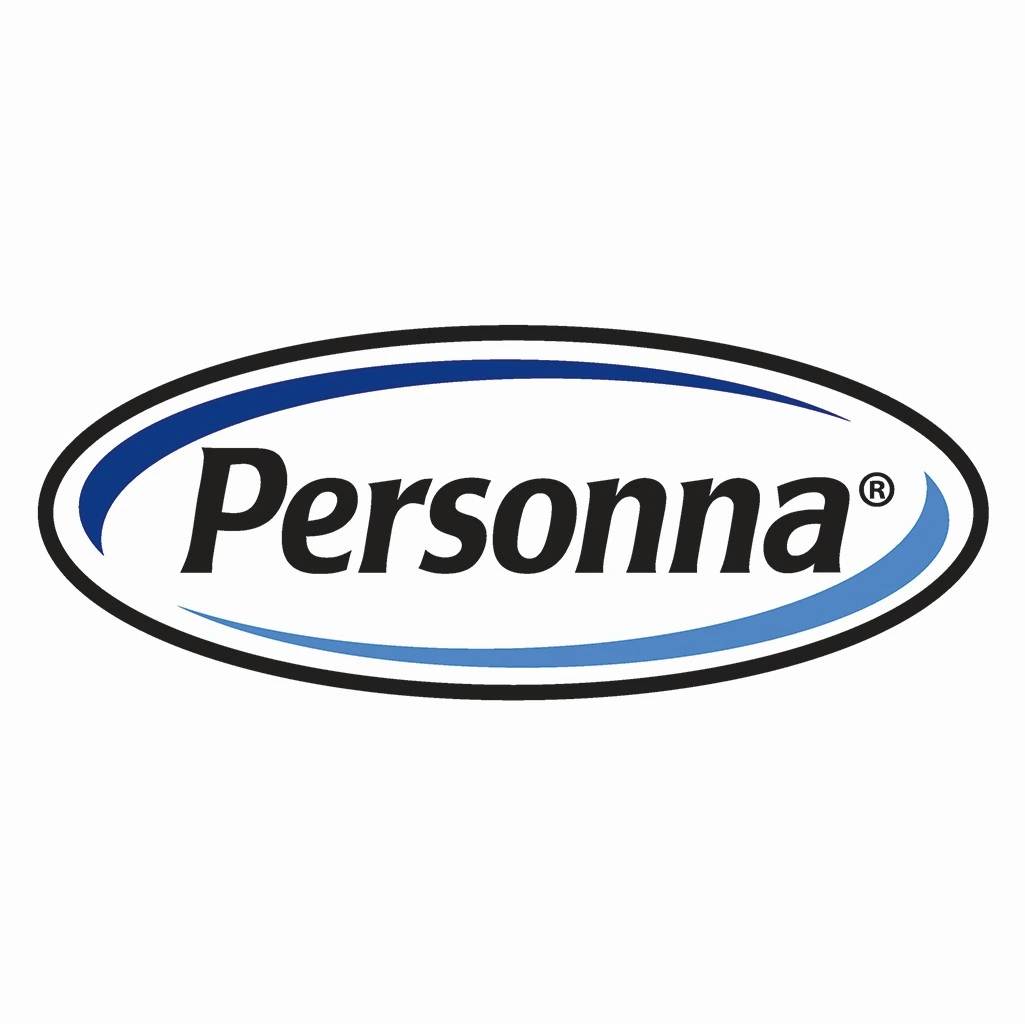Billie Razors, launched in 2017 by Georgina Gooley and her team in New York, crashed the pink-tax party with affordable, high-quality blades for women, offering subscription kits packed with five-blade handles, aloe strips, and body creams that promise a smooth glide without the gouge. Backed by early investors like P&G, they've sliced into $100 million in sales by ditching frilly packaging for matte black minimalism, turning the razor aisle into a rebellion against overpriced "feminine" fluff.
Billie's woke glow-up hit full throttle in 2020, blending body positivity with BLM bucks and Pride fairy tale rewrites that swapped glass slippers for glittery inclusivity. They donated $100K to NAACP and BLM, chased EWG eco-ratings, and built a brand around "championing womankind" with diverse models that scream "representation" louder than a fresh shave.









